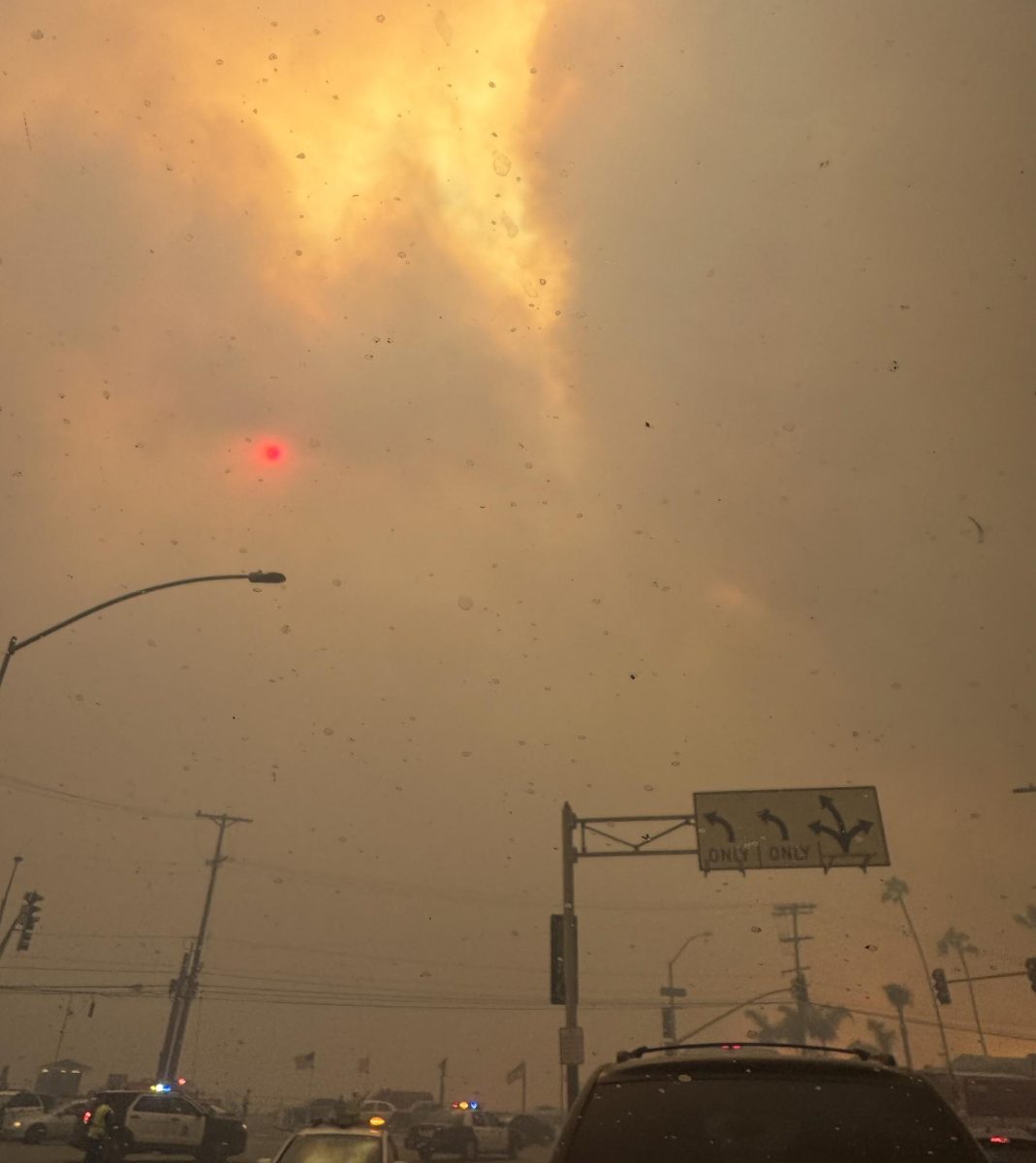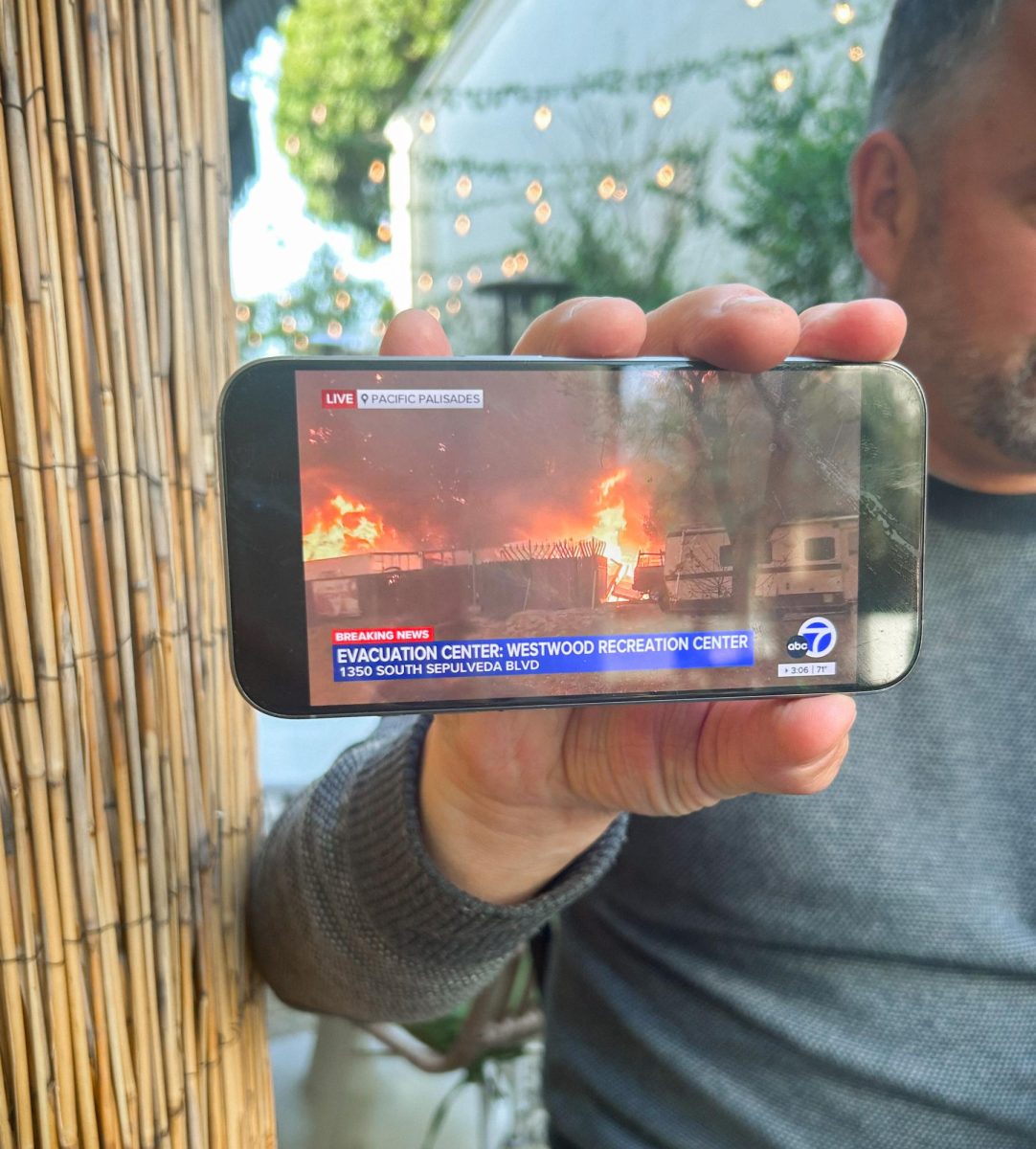The Dystopia’s Tale: Persisting Messages Throughout the Ages

March 3, 2023
Dystopian novels have been used to mirror issues and send a message regarding choice, propaganda, censorship and other subjects. Despite some of these books being written decades ago, they are still commonly read in and out of schools. What can society still learn from these books, and how do they relate to current events?
The most obvious example that shows the persisting messages of these would be Margaret Atwood’s “The Handmaid’s Tale,” which was published in 1985. The novel follows Offred, a handmaid living in an authoritarian state called the Republic of Gilead and her struggle rising above the oppressive regime. As a handmaid, Offred is forcefully assigned to a Commander (a high-ranking member of the Republic whose wife is infertile) with whom to have a child, without Offred’s consent. Handmaidens do not have identities, are denied any bodily autonomy and are essentially used for breeding.
This core idea is increasingly prevalent as fears of women losing bodily autonomy has become a reality with the June 2022 Supreme Court case Dobbs v. Jackson Women’s Health Organization. This case overturned two previous landmark decisions, Roe v. Wade and Planned Parenthood v. Casey, placing the choice of whether or not a woman can have an abortion into the hands of the states.
In response to this event, Atwood posted a picture on Instagram of her holding a mug with the statement “I Told You So.”
In recent years, some women have worn red robes and bonnets to abortion rights protests in reference to the handmaids’ attire in Atwood’s novel. The handmaids are dehumanized characters who lack control over their bodies. Their decision of whether or not to have children and with whom has been taken from them. This lack of identity reflects womens’ fears in America due to the overturning of Roe v. Wade. It parallels the idea that women have less power over their bodies now that their choice to have an abortion is no longer protected. It is absolutely terrifying to observe the similarities between a 1980s dystopian novel and real-life situations.
This parallel should further alert lawmakers of the horrible consequences of their actions. While it seems unlikely that the events of Atwood’s novel will take place exactly, many believe that present day society has come close to it and that it will be difficult for women to regain the rights that have been taken from them.
Another example of dystopian novels that have persisting messages in the present day is George Orwell’s “1984,” published in 1949. The story was written as a warning about totalitarianism. Orwell drew inspiration from World War II, which ended a few years prior to the book’s publication, as well as the Spanish Civil War and the Russian Revolution. “1984” satirizes authoritarian regimes and the consequences that they can have on society, such as famines, forced labor and repression of citizens. Through the eyes of the novel’s protagonist, Orwell frequently describes the setting of Oceania (specifically Airstrip One, which is formerly London), where the infrastructure is crumbling, many people live in poverty and bombing raids are frequent. There is also widespread government propaganda, and citizens are under constant surveillance for any activity disloyal to the Party (essentially the government of Oceania). Furthermore, the government is largely controlled by a small group of people, called the Inner Party, who hold most of the power in Oceania.
Currently, authoritarian regimes still exist in several countries. Social media serves as a type of surveillance through which everyone can view each other’s actions. In “1984,” history is ironically rewritten by the Ministry of Truth, and the flow of information is controlled by those in power. Now, the wealthy hold power and can affect the information that is spread to people by the media.
A further example of persisting messages comes from Ray Bradbury’s novel “Fahrenheit 451,” published in 1953. One of the main themes of the novel is censorship. The job of the protagonist of the story, Guy Montag, is to burn books. In the setting of the novel, books hold little value, and people think that books may cause offense to people. Therefore, they do not read. This creates a population that is not exposed to a plethora of ideas, meaning that they will end up being close minded: they will struggle to compromise with others and find solutions to problems easily.
Today, many people get their news from unreliable sources, such as through social media, instead of newspapers and news websites. Additionally, censorship of information recently increased. Books are being banned, particularly from some school libraries, because they contain material that some people claim is offensive, such as political viewpoints, religious viewpoints, witchcraft and violence, as well as many other topics that are the subject of controversy, such as gender and sexuality.
Society has not yet reached the extreme situation that is presented in Bradbury’s novel. However, there are elements of the story present in recent events. The existence of Banned Books Week and increased censorship demonstrate the limits that are being placed on access to information. More specifically, Florida’s bans on books and educational resources demonstrate further restrictions on learning materials that can help children grow and become more aware of society and their surroundings.
Overall, some of these dystopian novels have foreshadowed events that still occur. But what can be done about this? Authors have provided society with a warning, but it is the choice of society whether to heed these warnings and protect the world from these horrifying events.











